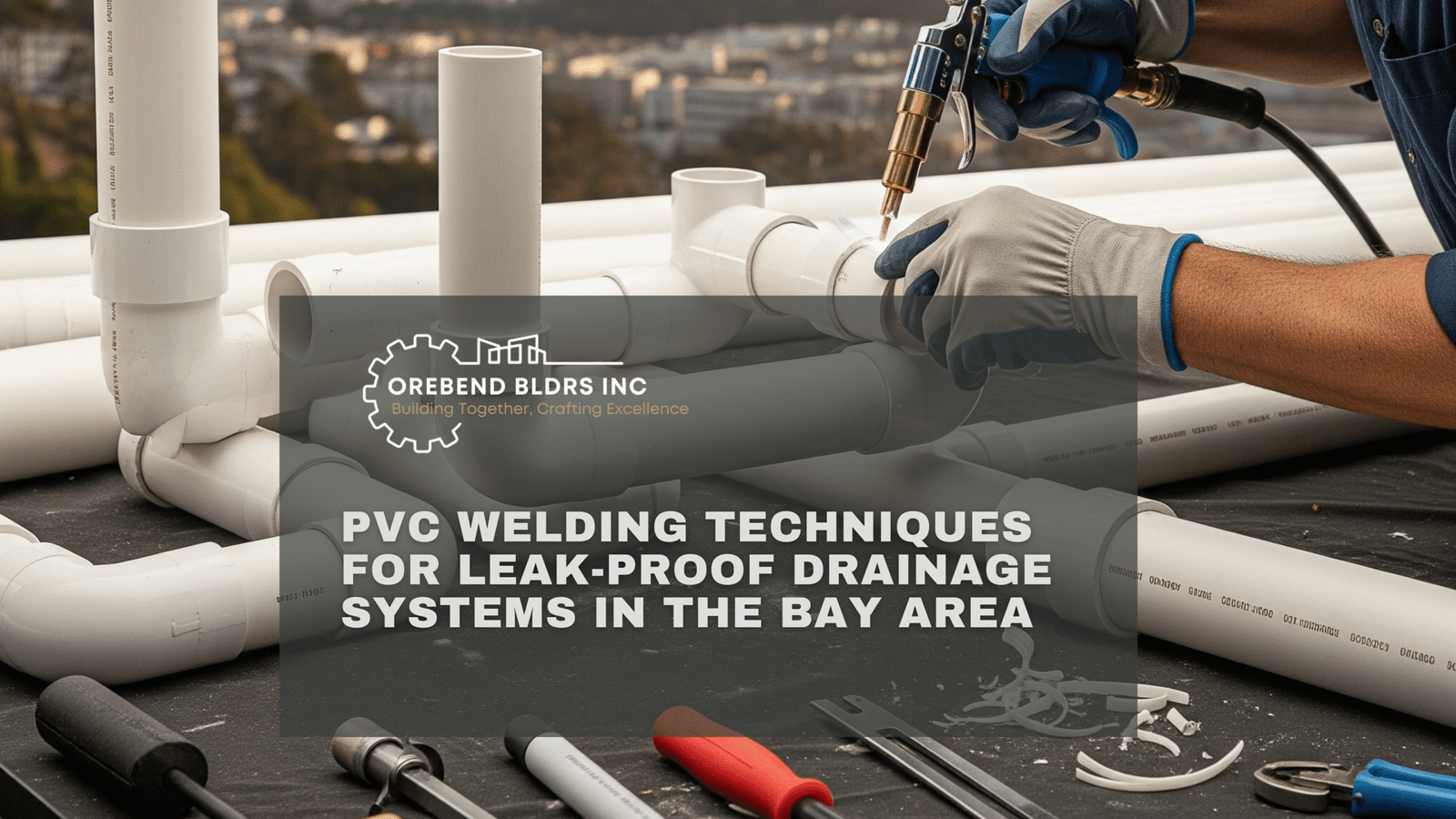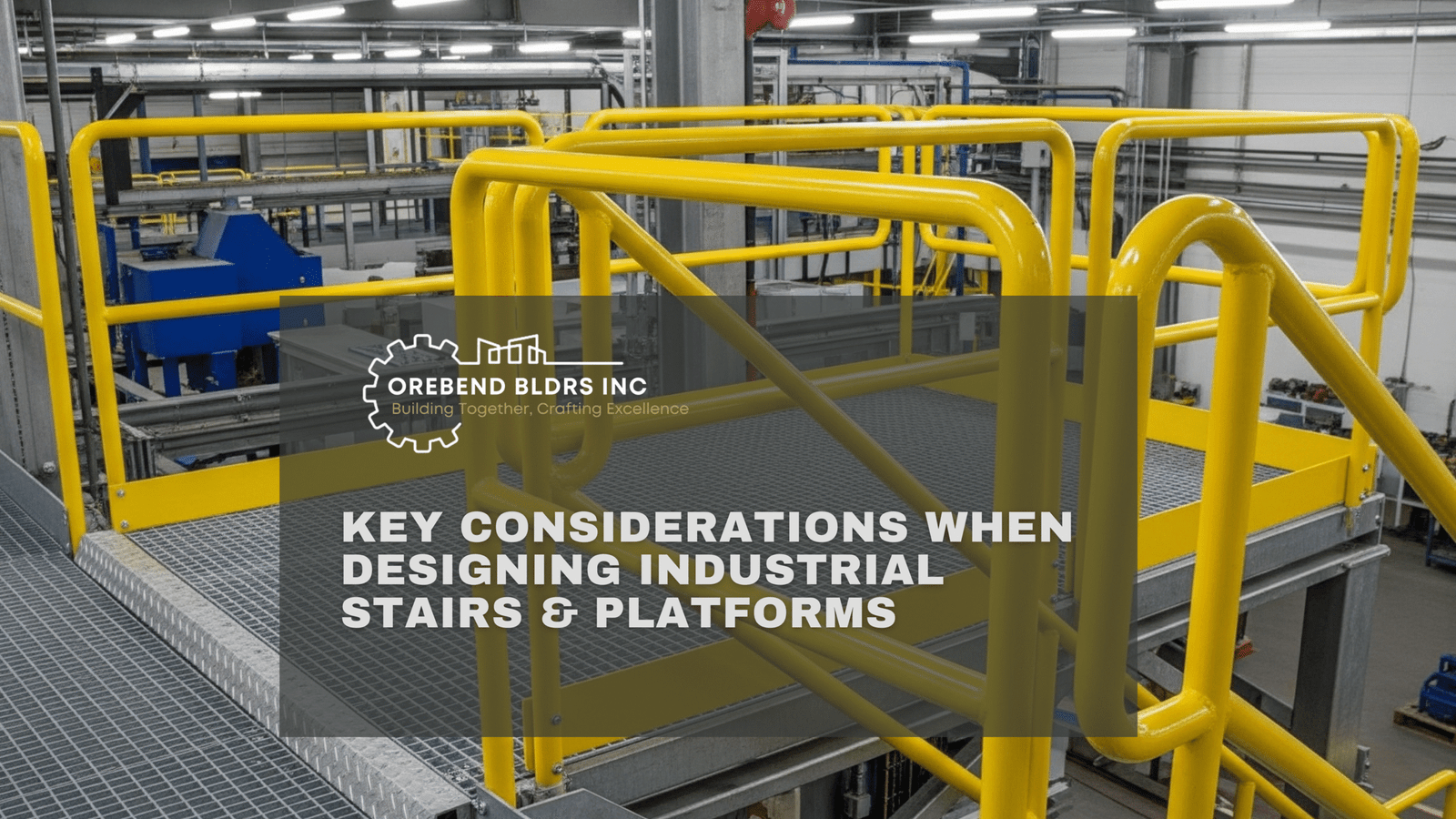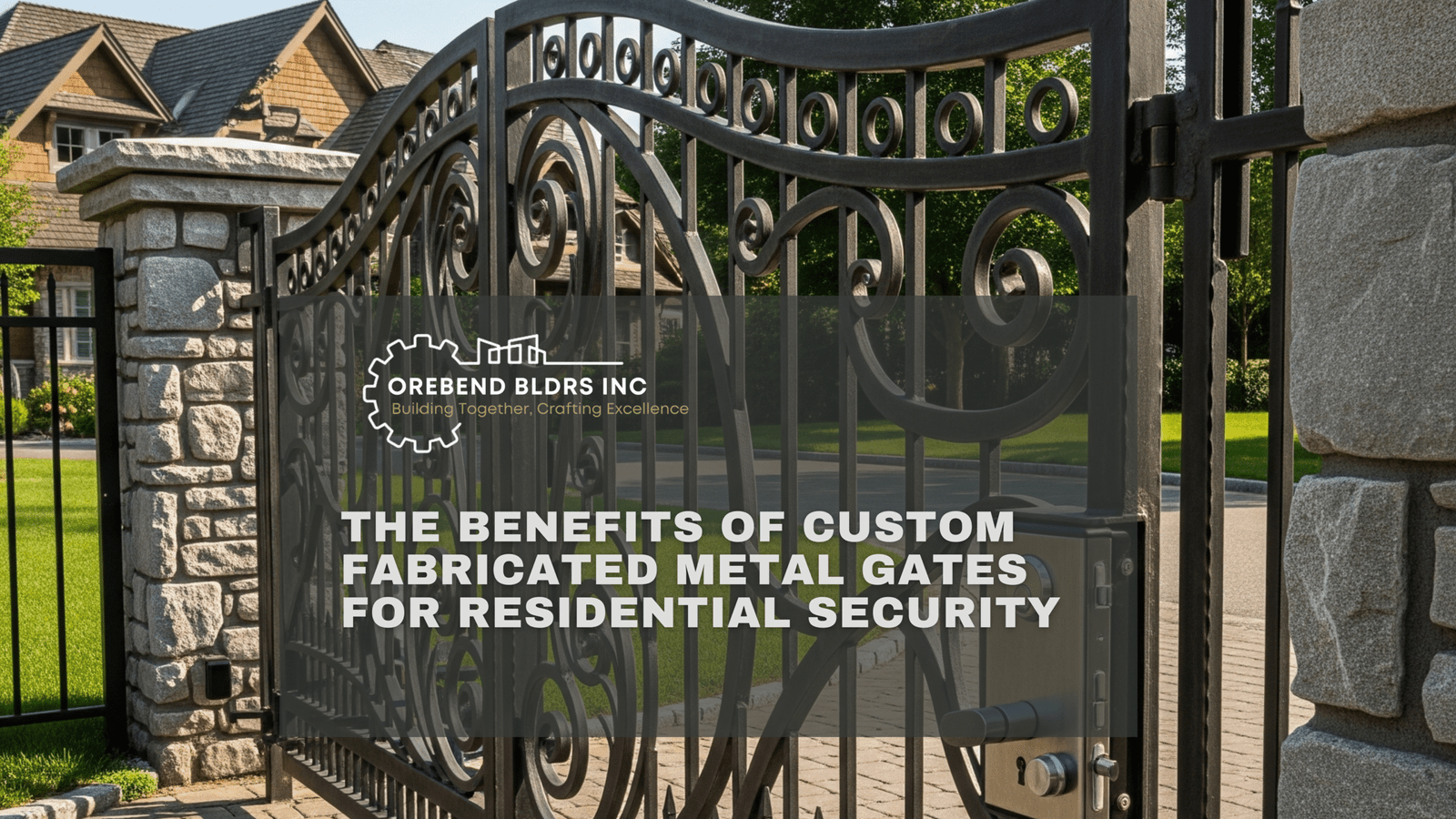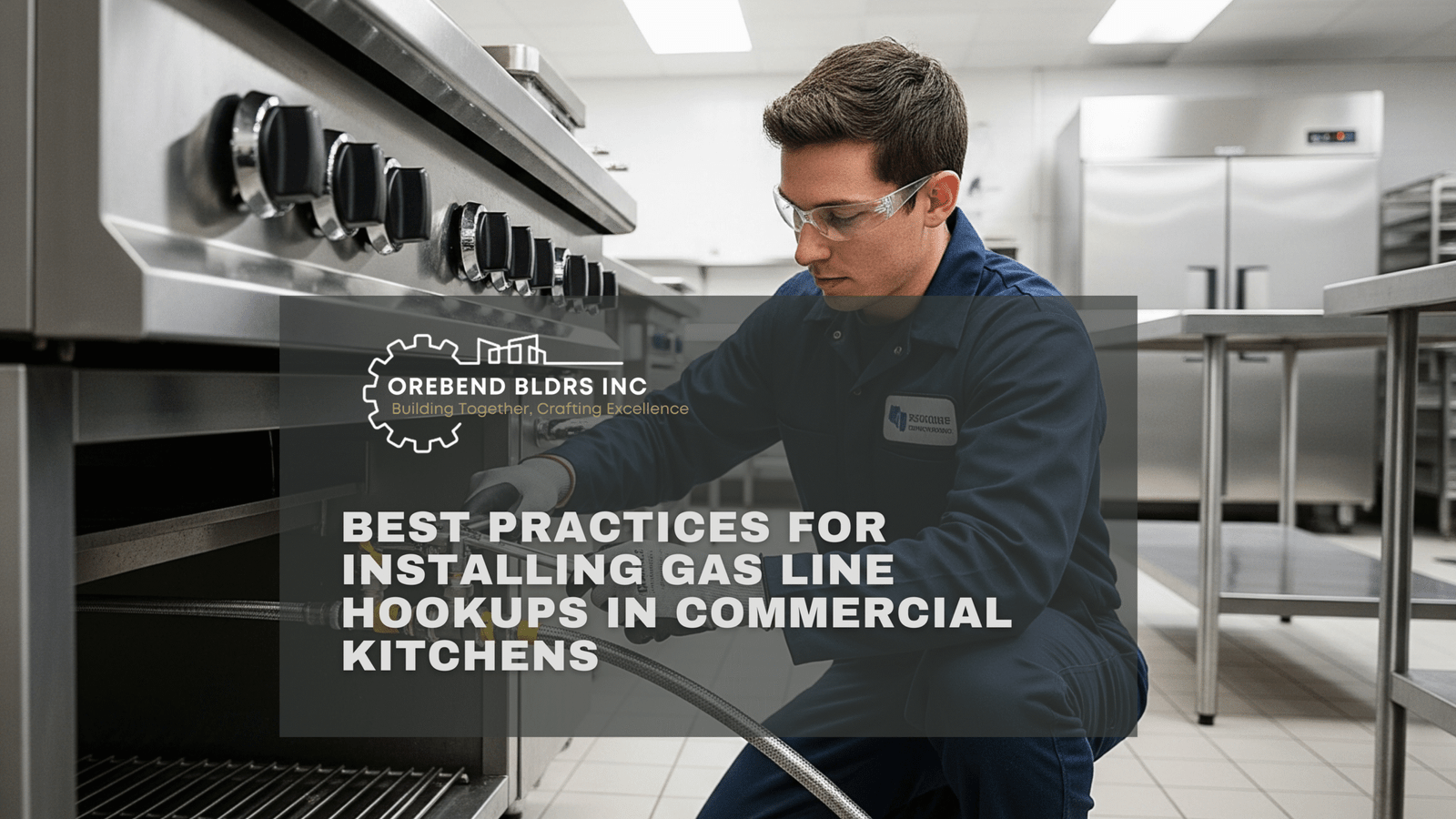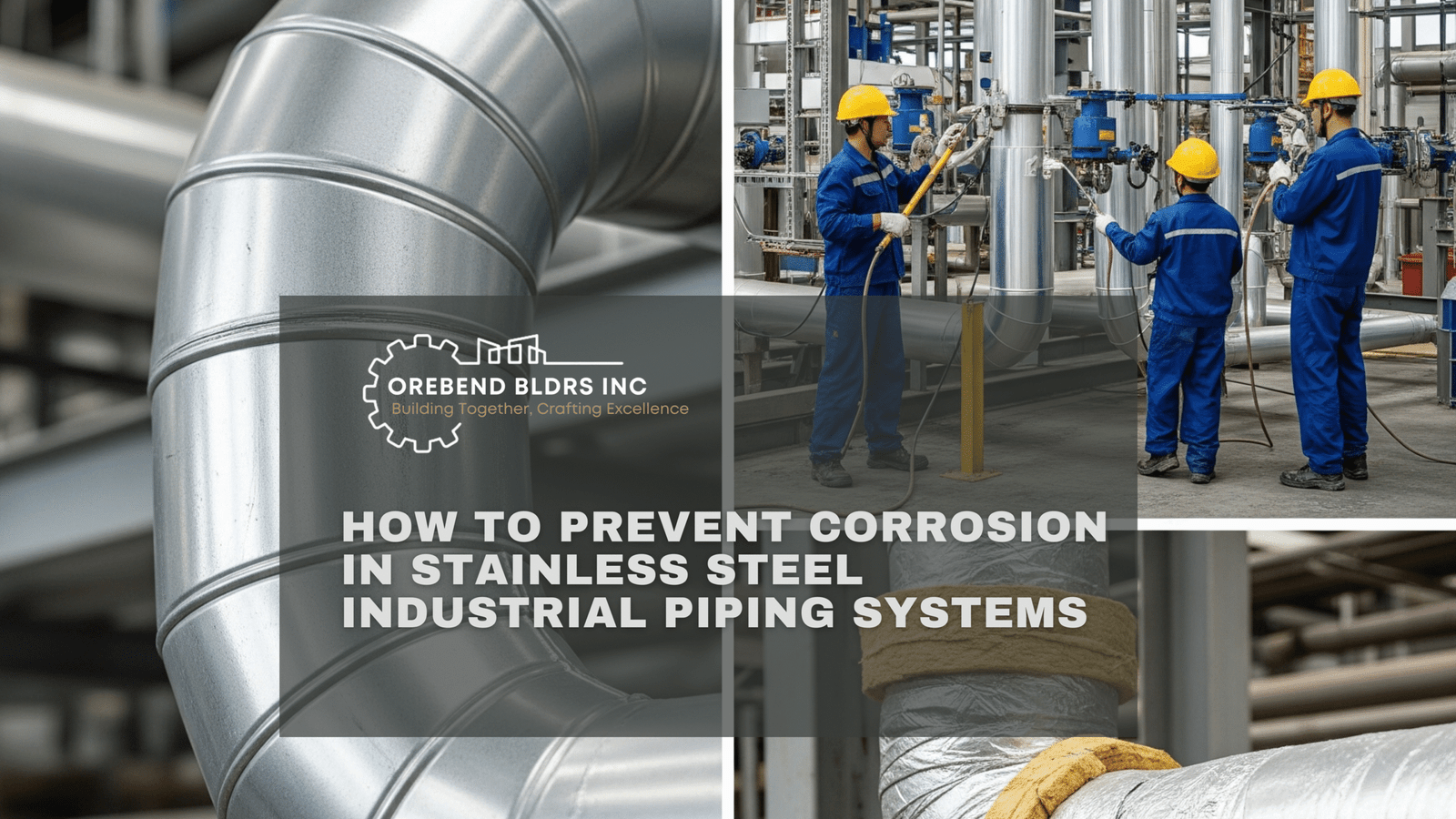Welding is a fundamental process that binds metals together, playing a vital role in construction, automotive, aerospace, manufacturing, and more. As technology and business demands evolve, so do the techniques and tools involved in welding. Understanding the different types of welding and their business applications can help organizations choose the right method for their needs, improve productivity, and ensure structural integrity.
1. MIG Welding (Gas Metal Arc Welding – GMAW)
Overview:
MIG (Metal Inert Gas) welding uses a wire electrode continuously fed through a welding gun, along with a shielding gas that protects the weld from contamination.
Business Applications:
- Automotive manufacturing
- Home and commercial construction
- Metal fabrication workshops
- Furniture production
Advantages:
- Easy to learn and fast to use
- Minimal cleanup
- Ideal for thin to medium-thickness metals
Why Businesses Use It:
Its speed and simplicity make MIG welding perfect for high-volume production lines and rapid repairs, which is why many businesses in manufacturing prefer it.
2. TIG Welding (Gas Tungsten Arc Welding – GTAW)
Overview:
TIG welding uses a non-consumable tungsten electrode and requires a separate filler rod and shielding gas. It allows for high precision and control.
Business Applications:
- Aerospace industry
- Medical device manufacturing
- Artistic metalwork
- Pipe welding
Advantages:
- Creates clean, high-quality welds
- Excellent for thin metals and non-ferrous materials
- Superior aesthetics
Why Businesses Use It:
TIG welding is preferred when visual appearance and weld integrity are critical, for instance, in aircraft components or luxury metal items.
3. Stick Welding (Shielded Metal Arc Welding – SMAW)
Overview:
One of the oldest and most commonly used methods, stick welding uses a consumable electrode coated in flux. No external shielding gas is needed.
Business Applications:
- Construction sites
- Shipbuilding
- Heavy equipment repair
- Rural and outdoor maintenance
Advantages:
- Works in windy or rainy conditions
- Portable and inexpensive
- Great for thicker materials
Why Businesses Use It:
Stick welding is reliable for outdoor and industrial settings, where conditions aren’t always ideal. Its ruggedness makes it a go-to method for fieldwork.
4. Flux-Cored Arc Welding (FCAW)
Overview:
Similar to MIG welding, but uses a special tubular wire filled with flux instead of a solid wire, and can be used with or without shielding gas.
Business Applications:
- Structural steel erection
- Shipyards
- Machinery fabrication
- General repair shops
Advantages:
- High deposition rate
- Good for thick sections
- Works well in windy environments
Why Businesses Use It:
FCAW offers versatility for both indoor and outdoor applications and is known for its productivity, making it suitable for high-strength industrial tasks.
5. Laser Beam Welding (LBW)
Overview:
LBW is a high-precision technique that uses a laser to melt and fuse materials, often employed with robotic automation systems.
Business Applications:
- Automotive and aerospace sectors
- Electronics manufacturing
- Medical instruments
- High-volume production lines
Advantages:
- High-speed and clean welding
- Precise and repeatable
- Minimal heat distortion
Why Businesses Use It:
Laser welding is ideal for precision components and mass production. Businesses focused on innovation and efficiency find great value in this high-tech process.
6. Electron Beam Welding (EBW)
Overview:
This advanced welding technique uses a beam of high-velocity electrons in a vacuum to join materials.
Business Applications:
- Aerospace engineering
- Nuclear component manufacturing
- Defense industries
- High-precision fabrication
Advantages:
- Deep weld penetration
- Very low contamination risk
- Suitable for thick, hard-to-weld materials
Why Businesses Use It:
Though expensive, EBW is unmatched in producing deep, strong welds for critical, high-specification applications in cutting-edge industries.
7. Oxy-Acetylene Welding
Overview:
A traditional welding method that uses a flame produced by burning oxygen and acetylene gas to melt metal.
Business Applications:
- Metal art and sculpture
- Auto body repair
- Small-scale metalworking
- Maintenance shops
Advantages:
- Doesn’t require electricity
- Portable and easy to control
- Good for cutting and welding
Why Businesses Use It:
Despite being old-school, oxy-acetylene welding remains useful for low-tech, flexible welding needs, especially where electricity is unavailable.
Conclusion: Choosing the Right Welding Method for Your Business
Each type of welding offers unique benefits depending on the material, environment, and purpose. Businesses should assess factors such as cost, precision, speed, and material type when selecting a welding technique. Whether you’re fabricating aircraft parts, repairing farm machinery, or designing artistic sculptures, there’s a welding process perfectly suited to your application. By understanding these differences, companies can improve efficiency, safety, and output quality.
